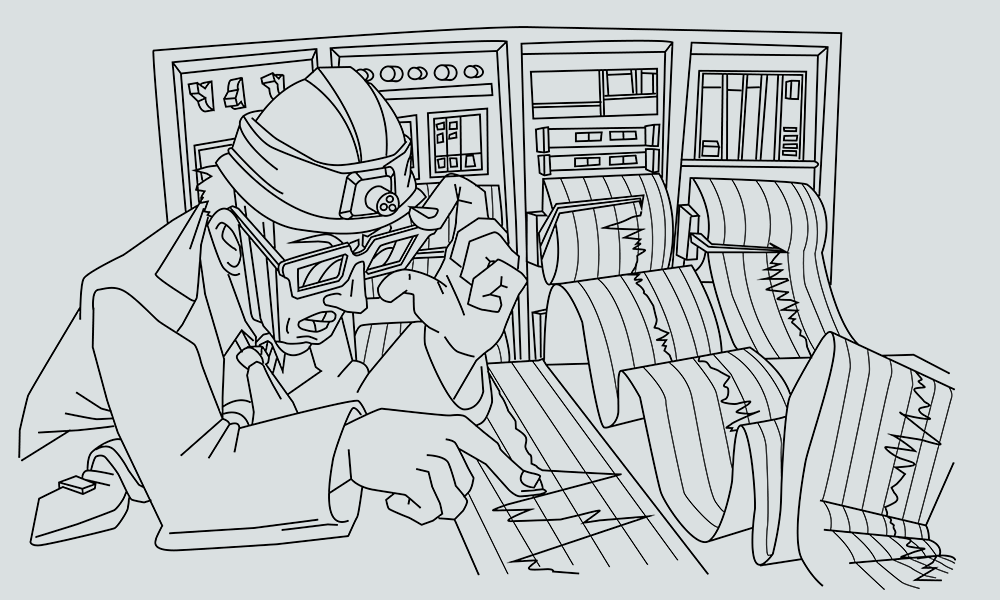An often-overlooked but important part of an accountant’s role is attending client meetings. While some are simple, fun catch-ups, others can be complex. Some meetings are analytical deep dives into the health and operations of a business. These are meetings where key decision makers sit down with their accountants to review the trends, productivity, and results of their business’ operations. One accountant knew her deep dive with a client was going to take so long that she pre-ordered lunch for everyone.
The accountant knew this meeting would be intense. Her client was a growing business that had just graduated from simple profit and loss statements to more detailed level analytics. Businesses with a high level of activity require a deeper evaluation of their numbers to answer questions regarding their business triggers. This was only the second meeting of this kind the client had attended, and they were still processing all the new information.
“Businesses are made up of many different mechanics, like a watch.”
During the meeting, the accountant presented reports on cash flow, profitability, and budget to give her client a comprehensive look at how the business was doing financially. Her clients used that information as a jumping off point to discuss their current business operations, including what these trends meant for their future. The point of these financial meetings is to connect clients with their financials so they can get a better look at their businesses.
“Businesses are made up of many different mechanics, like a watch. When you open it up, there are many levers and screws. When you are in a financial meeting, it’s like magnifying every single mechanic inside, then going through and having a conversation about how to make the watch better.”
A lot of work went into preparing for the meeting. The accountant scrubbed the ledger, created a presentation—including a high-level overview and detailed analytics to support it—generated reports, and created graphs that were easy to follow. She then created an agenda to emphasize the key focuses of the business and outline the discussion flow.
Once the accountant sat down with her client team for the meeting, the real work began. She was expected to present her financial evaluations and juggle client questions, explaining reports and describing trends. Additionally, she was expected to moderate the discussions to make sure they stayed on track. Any time there are multiple key decision makers involved, discussions can get heated. In this meeting, the business’ two founders, each with different ideas on what “success” meant for a business, came together to dive deep into how their business was doing.
“When you’re in a meeting, you’re presenting numbers to your clients. The resulting conversation isn’t about numbers, though; it’s about people. It’s about circumstances. It’s about dreams.”
The goal of financial meetings is to break down each mechanism to improve the way it works and aligns with the founders’ visions of the company. They asked very direct questions, like “why did our profit change?” The accountant had to quickly maneuver from a business operations perspective to a numerical mapping of transactions, allowing her to guide them through the specific sequences in their business operations that had caused the change.
“The founders are talking to us in their language, which is business operations. As accountants, have to translate every single word they say into a mathematical map to show them how we got these numbers. We’re guiding the client as they investigate the triggers in their operations through the numerical facts we see in their ledger.”
A lot was expected of the accountant, but she made sure to plan a break. When lunch arrived, the accountant and the founders took a twenty-minute break to talk and eat. That was always the accountant’s favorite part. She got to chat with everyone and learn about who they are outside of the office. It’s a side of these people she rarely gets to see, and those twenty minutes got her through the rest of the four-hour meeting.
“It’s exhausting to lead financial meetings, but it’s worth it to sit at a table where things are hashed out. This is a table where our clients can really talk about what’s really going on in a business and how they can make it stronger and more successful. We make changes and provide truth and clarity for the people operating those businesses, and it’s an honor to know that they trust and respect us to be there working with them.”
After the meeting, the accountant headed back to her desk to take notes on how the meeting had gone and how she could improve the client’s understanding in the next one. Then she got out her notes from another client’s previous meeting and started preparing for yet another meeting—the following day.
Share this article




